Introduction
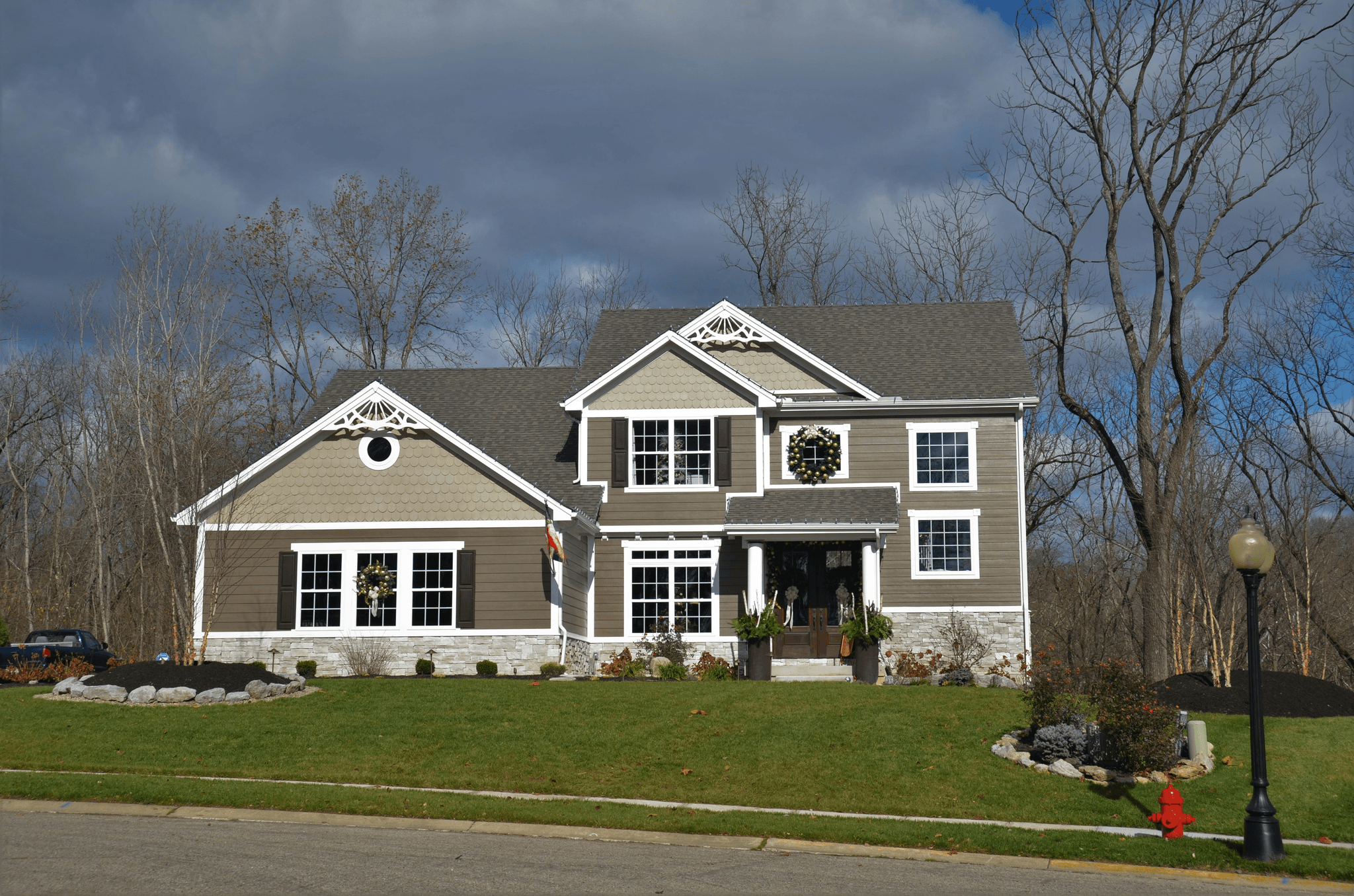
In the world of home improvement, the choice of cladding can make or break your abode’s exterior charm. Enter composite panel cladding—a modern solution that not only enhances aesthetics but also provides a wealth of benefits over traditional options like timber cladding panels. With a perfect blend of durability, low maintenance, and eco-friendliness, these innovative wall cladding solutions are quickly gaining popularity among homeowners.
Benefits of Composite Panel Cladding
Composite panel cladding offers an impressive range of benefits that set it apart from conventional external cladding materials. Unlike wood cladding, which requires regular upkeep and is susceptible to weather damage, composite panels promise longevity and resilience against the elements. Homeowners can enjoy peace of mind knowing their investment in outdoor wood paneling will stand the test of time without constant repair costs.
Aesthetic Appeal of Composite Materials
The aesthetic versatility of composite materials is another reason they’re turning heads in the world of exterior cladding. Available in various styles and finishes, composite wall cladding can seamlessly complement any architectural design—from sleek modern homes to rustic retreats. With innovative color options that mimic the beauty of natural wood without compromising performance, these cladding panels for walls elevate curb appeal to new heights.
The Eco-Friendly Choice for Homeowners
For environmentally conscious homeowners, choosing composite panel cladding means making an eco-friendly statement while enhancing their property’s value. Many manufacturers prioritize sustainable sourcing practices, ensuring that your external cladding contributes to a healthier planet rather than depleting resources like traditional timber products do. Furthermore, with their recyclability and reduced carbon footprint compared to outdoor wood paneling alternatives, these materials are paving the way for greener living.
Understanding Composite Panel Cladding
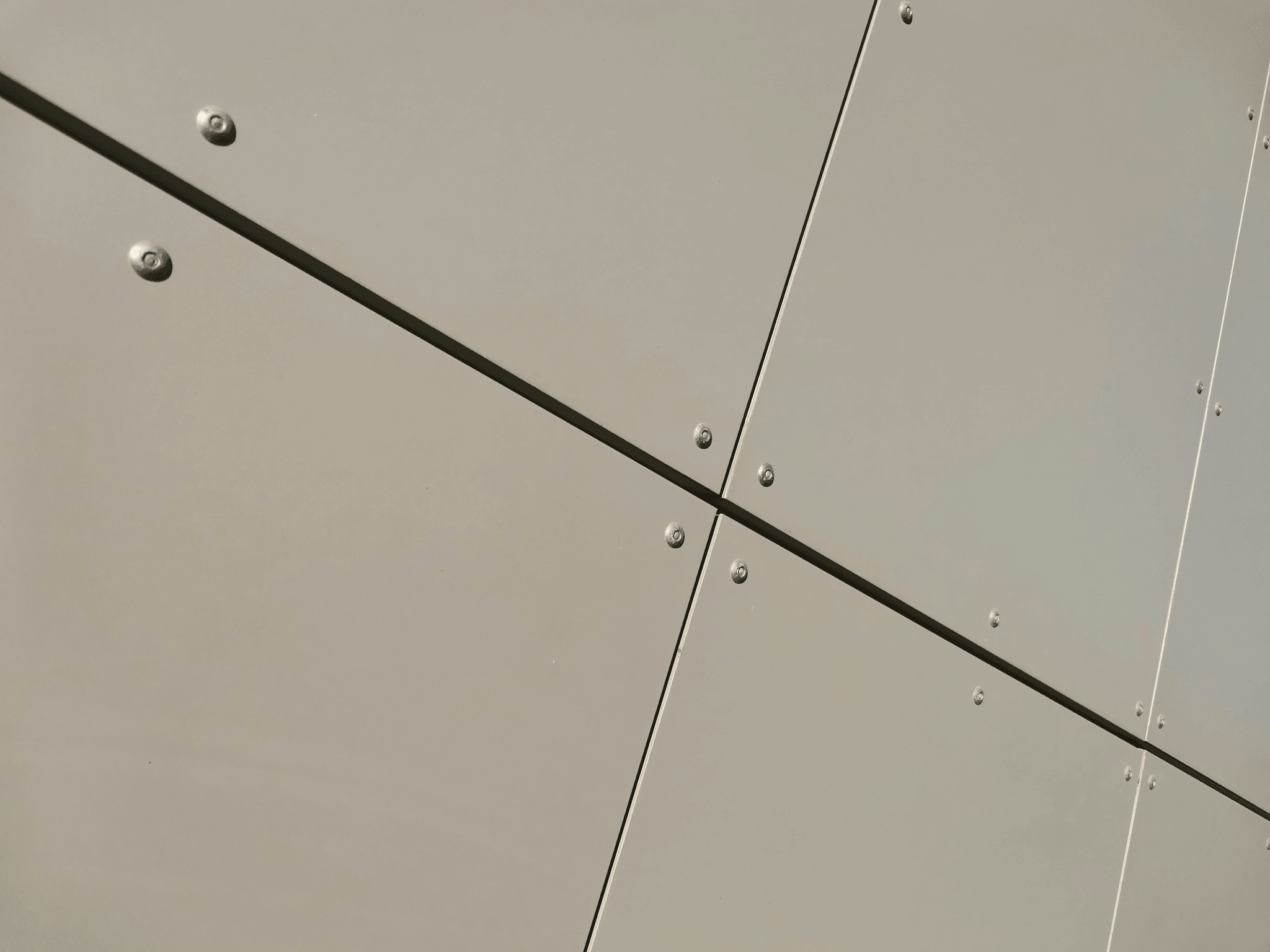
Composite panel cladding is a modern solution for homeowners looking to enhance their property’s exterior. These panels are made from a blend of materials, typically including wood fibers and recycled plastics, resulting in a product that mimics the look of traditional wood cladding but offers superior durability. Whether you’re considering wall cladding for aesthetic appeal or functional benefits, composite panels provide an innovative alternative to timber cladding panels.
What Are Composite Panels?
Composite panels are engineered products designed to deliver the best of both worlds: the warmth and beauty of wood combined with the resilience of synthetic materials. Unlike conventional timber cladding panels, which can warp or rot over time, composite panels resist such issues while maintaining an attractive appearance. This makes them an ideal choice for external cladding applications where longevity and visual appeal are paramount.
How They Differ from Traditional Cladding
When comparing composite panel cladding to traditional options like timber or outdoor wood paneling, several distinct differences stand out. First and foremost, composite materials are far more resistant to moisture and pests than their wooden counterparts, meaning they won’t suffer from the same decay issues common in wood cladding. Additionally, while traditional external cladding may require regular maintenance such as staining or sealing, composite wall cladding typically demands minimal upkeep—just an occasional wash will do!
Popular Types of Composite Materials
There is a variety of composite materials available on the market today that cater to different design preferences and functional needs. Some popular types include high-density polyethylene (HDPE) composites and wood-plastic composites (WPC), both known for their durability and aesthetic versatility in exterior applications. Homeowners can choose from various finishes and styles when selecting their preferred type of composite material for wall cladding; this ensures that every home can achieve its desired look without sacrificing quality.
The Advantages of Composite Over Timber
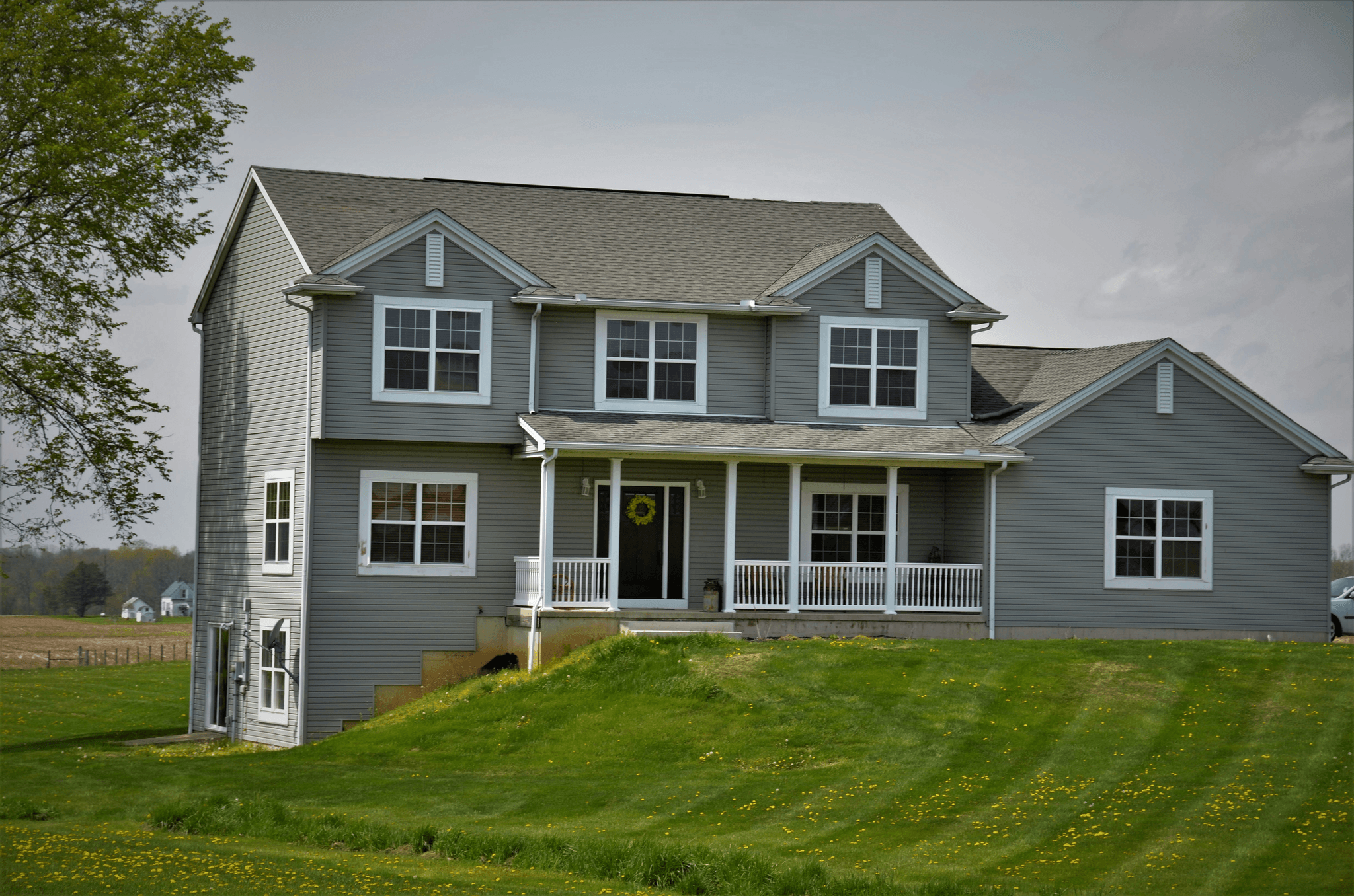
Durability and Longevity
One of the standout features of composite panel cladding is its remarkable durability. Unlike timber cladding panels, which can warp, crack, or rot over time due to moisture exposure, composite materials are engineered to withstand the elements. This means you won’t have to worry about replacing your wall cladding every few years; instead, you can enjoy a long-lasting investment that keeps your home looking sharp for decades.
Moreover, composite materials are designed with advanced technology that enhances their resistance against wear and tear. Whether it's rain-soaked days or blistering sun exposure, these external cladding options hold up remarkably well without losing their appeal. So while outdoor wood paneling may require constant vigilance and maintenance, composite panel cladding allows you to kick back and relax.
Low Maintenance Compared to Wood
When it comes to maintenance, composite paneling takes the crown over wood cladding hands down. Timber requires regular staining or painting to keep it looking fresh and vibrant; otherwise, it risks fading or becoming susceptible to mold growth over time. In contrast, external cladding made from composites needs minimal upkeep—just a simple wash with soap and water now and then will keep it looking pristine.
This low-maintenance aspect not only saves time but also reduces costs associated with ongoing care for your home’s exterior. Imagine spending weekends enjoying your backyard instead of laboring away on outdoor wood paneling repairs! With composite materials as part of your design strategy, you’ll spend less on maintenance supplies while still reaping all the aesthetic benefits.
Resistance to Weather and Pests
Weather resistance is another area where composite outshines traditional timber options like wood cladding or outdoor wood paneling. Composite materials are designed specifically to endure harsh weather conditions without succumbing to damage—be it heavy rain or intense UV rays from the sun. This means no more worrying about cracked boards or faded finishes; just reliable protection year-round.
Additionally, pests such as termites find little interest in composite products compared to timber options that provide an inviting feast for these critters. By opting for durable composite wall cladding instead of timber alternatives like external wood paneling or wood siding systems prone to infestations, you're safeguarding not just your home’s appearance but its structural integrity too!
In summary, choosing composite over timber offers significant advantages in terms of durability and longevity while keeping maintenance requirements at bay—allowing homeowners more freedom than ever before!
Aesthetic Versatility in Design
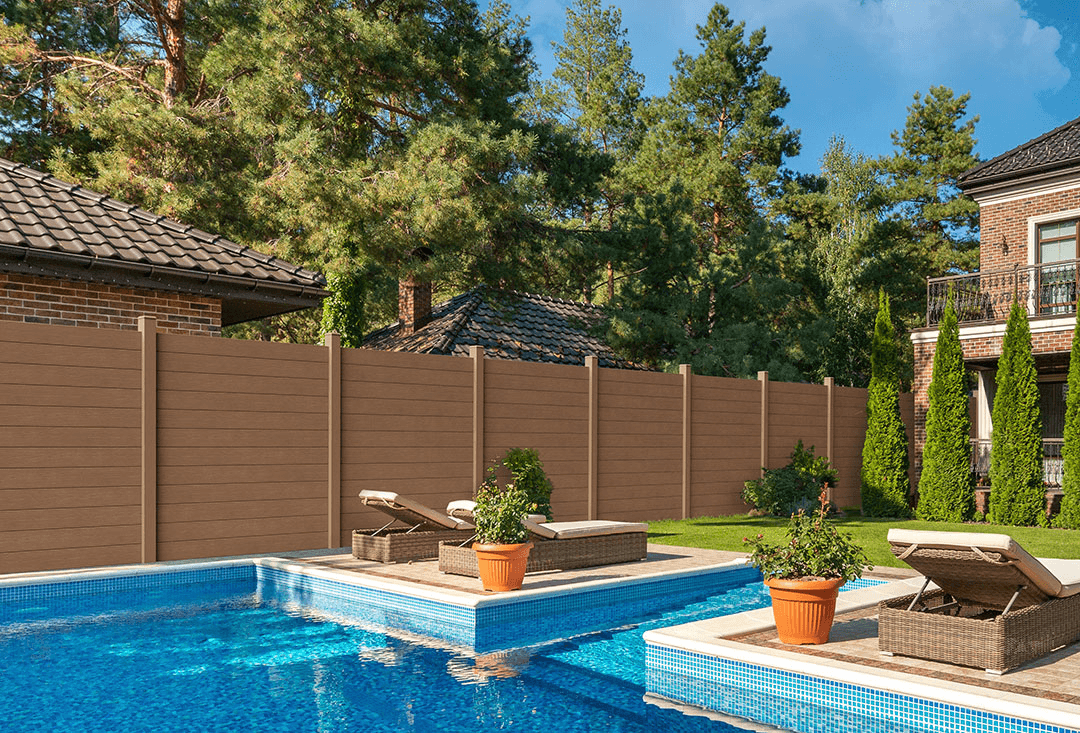
Composite panel cladding offers an incredible range of aesthetic options, making it a top choice for homeowners looking to enhance their property’s charm. With various styles and finishes available, these cladding panels can mimic the look of traditional wood while providing the benefits of modern materials. Whether you’re aiming for a rustic feel or a sleek contemporary design, there’s a composite option that fits your vision perfectly.
Styles and Finishes Available
Homeowners can choose from smooth finishes for a modern look or textured surfaces that evoke the natural grain of wood cladding. This versatility allows you to achieve your desired aesthetic without compromising on durability or performance.
Moreover, composite external cladding is available in various profiles—be it vertical, horizontal, or shiplap styles—enabling you to customize your home’s exterior uniquely. Each style not only enhances visual appeal but also complements different architectural designs seamlessly. With so many options at your disposal, selecting the perfect finish becomes an exciting part of your home improvement journey.
Complementing Your Home’s Architecture
One of the standout features of composite panel cladding is its ability to harmonize with various architectural styles, from classic Victorian homes adorned with intricate details to minimalist modern structures boasting clean lines. Using timber-like textures in your wall cladding can add warmth and character while still maintaining structural integrity against harsh weather conditions. The adaptability of these materials means they can enhance any design language without overwhelming it.
For instance, if you're working with outdoor wood paneling aesthetics but want something more durable and low-maintenance, composite external cladding could be just what you need. It provides an elegant solution that respects traditional looks while embracing innovative technology—a win-win for any homeowner! This blend ensures that whether you're renovating an old farmhouse or building a new contemporary residence, your choice in cladding panels for walls will elevate the overall architecture.
Innovative Color Options
Color plays a pivotal role in setting the mood and character of your home’s exterior; thankfully, composite materials come equipped with innovative color options that are anything but dull! From rich earth tones reminiscent of natural wood hues to bold pops of color that make a statement, there’s something for every taste when choosing exterior cladding materials. These colors are designed not only for beauty but also for longevity—resisting fading even under intense sunlight.
Additionally, many manufacturers offer customizable shades that allow homeowners to create unique palettes tailored specifically for their properties—think about how stunning those custom colors could look alongside timber cladding panels! This level of personalization ensures each project stands out while complementing existing landscape elements beautifully. So go ahead; unleash your creativity and let those innovative color options transform your outdoor space into something truly remarkable!
Cost-Effectiveness for Homeowners
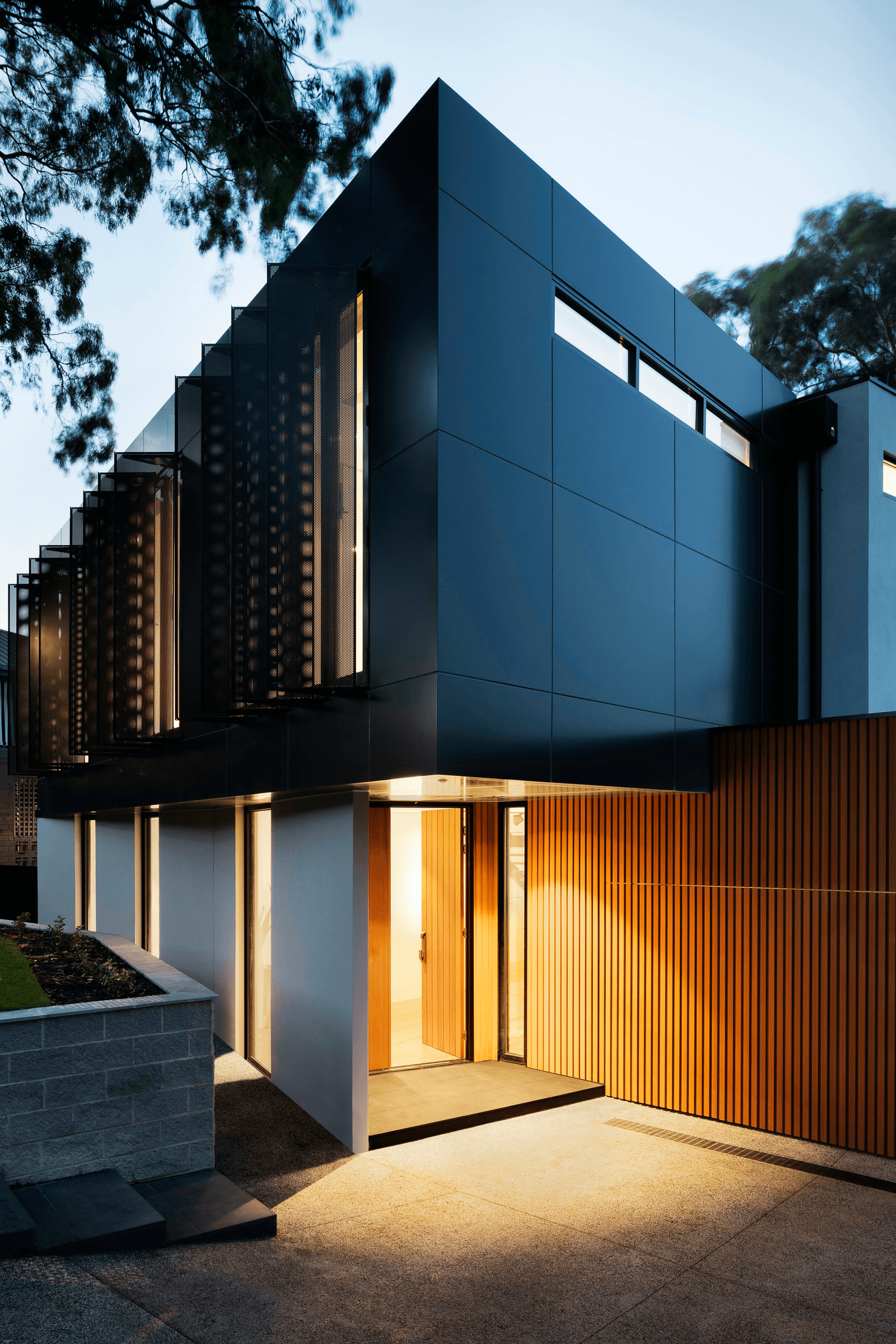
Initial Investment vs. Long-Term Savings
Investing in composite wall cladding may require a larger initial financial outlay compared to traditional wood cladding options. However, when you consider the durability and low maintenance of composite materials, homeowners often find that these costs balance out over time. With less frequent replacement and minimal upkeep, composite cladding panels can lead to significant long-term savings on maintenance and repair expenses.
Comparison with External Wood Paneling
When comparing composite panel cladding with external wood paneling, it's essential to look at both performance and cost implications. Timber cladding panels may be less expensive initially but come with hidden costs such as regular staining and sealing to protect against weather damage. In contrast, exterior cladding made from composite materials requires far less maintenance—saving you time and money in the long run while avoiding the headaches associated with rotting or pest-infested wood.
Insurance Savings Over Time
Another financial perk of choosing composite over traditional wood options is potential savings on insurance premiums. Many insurance companies recognize that homes fitted with durable wall cladding are less susceptible to damage from pests and harsh weather conditions than those adorned with timber cladding panels or other types of external wood paneling. This can translate into lower insurance rates over time, providing yet another layer of cost-effectiveness for homeowners who opt for composite materials.
Eco-Friendly Attributes of Composite Materials

In today's world, eco-friendliness is more than just a buzzword; it's a necessity. Choosing composite panel cladding not only enhances the aesthetic appeal of your home but also contributes positively to the environment. With sustainable sourcing and innovative manufacturing processes, composite materials stand out as an excellent alternative to traditional timber cladding panels.
Sustainable Sourcing at Composite Decking Inc
Composite Decking Inc prioritizes sustainable sourcing by using recycled materials and responsibly harvested resources in their products. This commitment helps reduce the demand for new timber, which can lead to deforestation and habitat loss. By opting for wall cladding made from composite materials, homeowners can enjoy the beauty of wood without the environmental impact associated with traditional wood cladding.
Reducing Waste and Carbon Footprint
One of the most significant advantages of composite panel cladding is its ability to reduce waste and lower carbon footprints during production. Unlike outdoor wood paneling that may require extensive processing and treatment, composites are often manufactured using post-consumer recycled plastics and reclaimed wood fibers. This process minimizes waste while providing durable exterior cladding options that last much longer than conventional timber options.
Recyclability of Composite Products
Another eco-friendly attribute of composite materials is their recyclability at the end of their lifespan. Many manufacturers offer programs to recycle old cladding panels for walls into new products, ensuring that they don’t end up in landfills. This circular approach not only conserves resources but also reinforces the idea that choosing composite over traditional wood cladding is a smart choice for environmentally conscious homeowners.
Conclusion
When it comes to enhancing your home’s exterior, composite panel cladding stands out as a wise investment. Unlike traditional timber cladding panels, which often require extensive maintenance, composite materials offer durability and longevity that can withstand the test of time. By opting for composite wall cladding, homeowners not only save on upkeep costs but also enjoy a product that retains its aesthetic appeal year after year.
Composite Panel Cladding: A Wise Investment
Investing in composite panel cladding is like putting your money in a sturdy bank—it's secure and pays off over time. While the initial cost may be higher than outdoor wood paneling, the long-term savings on maintenance and repairs make it a smart choice. Plus, with the added benefit of resistance to weather and pests, you won’t find yourself replacing your external cladding every few years.
Maximizing Your Home’s Curb Appeal
One of the standout features of composite materials is their ability to elevate your home's curb appeal dramatically. With an array of styles and finishes available, these cladding panels can complement any architectural design effortlessly. Whether you prefer sleek lines or textured finishes, choosing the right external cladding can transform your home into a visual masterpiece.
Choosing the Right Cladding Panels for Walls
Selecting the perfect cladding panels for walls involves careful consideration of both aesthetics and functionality. Homeowners should evaluate various options based on style preferences as well as performance characteristics such as durability and maintenance needs. By making informed choices about wood cladding or composite alternatives, you ensure that your exterior not only looks great but also stands strong against nature's whims.
